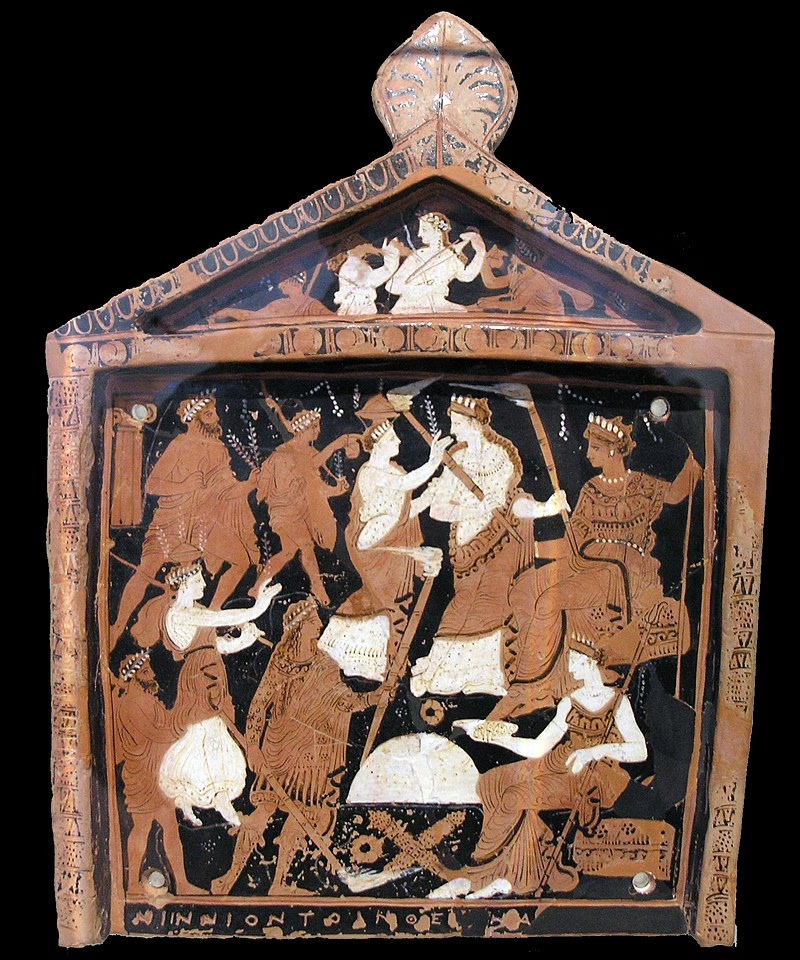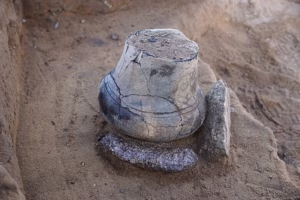The Eleusinian Mysteries were among the most profound and secretive religious rituals of the ancient world. Rooted in the town of Eleusis in ancient Greece, these annual ceremonies promised their initiates not only abundant harvests but also a hopeful vision of the afterlife. At the heart of these mysteries stood two powerful goddesses: Demeter, goddess of agriculture and fertility, and her daughter Kore (Persephone), queen of the underworld.
A remarkable marble votive relief from around 470–450 BCE, now housed in the Eleusis Archaeological Museum near Athens, captures this sacred myth in stone. The artwork shows Demeter seated on a rock, crowned with a polos (a high cylindrical headdress). Standing before her is Kore, holding a key — likely symbolizing access to a temple or the underworld itself. Far beyond its aesthetic value, this relief is a visual shorthand for the Eleusinian faith and its timeless story of death, rebirth, and divine reunion.
What Were the Eleusinian Mysteries?
Shrouded in secrecy, the Eleusinian Mysteries were a spiritual journey open only to those who underwent a period of ritual purification. Initiates took part in rites such as fasting, sea-bathing, and a climactic ceremony held in the Telesterion, a great hall reserved for the sacred revelation. What happened inside the Telesterion remains one of antiquity’s best-kept secrets — punishable by death if revealed — but it’s widely accepted that the ritual symbolized the cycle of life, death, and rebirth.

Unlike other religious practices of the time, these Mysteries offered a deeply personal promise: a better fate after death. This concept resonated through the centuries, so much so that even Roman emperors later sought initiation into the cult.
Demeter and Kore: More Than Myth
In this relief, Demeter embodies the nurturing power of Earth and agriculture. Her daughter Kore, also known as Persephone, personifies duality: the innocence of spring and the inevitability of death. According to myth, Kore was abducted by Hades, god of the underworld, causing Demeter to fall into deep mourning. During her daughter’s absence, the earth grew barren. But when Kore returned, the land flourished again. This cycle mirrored the seasons and formed the foundation of the Mysteries.
The key in Kore’s hand symbolizes more than temple access — it speaks to her role as an intercessor between life and death, a gatekeeper between worlds.




!["Game[in]g Problems" Exhibition in Elche: Video Games Redefine History](http://ancientist.com/wp-content/uploads/2025/05/POSTER_Gameing_Problems_Historytelling-300x300.avif)
